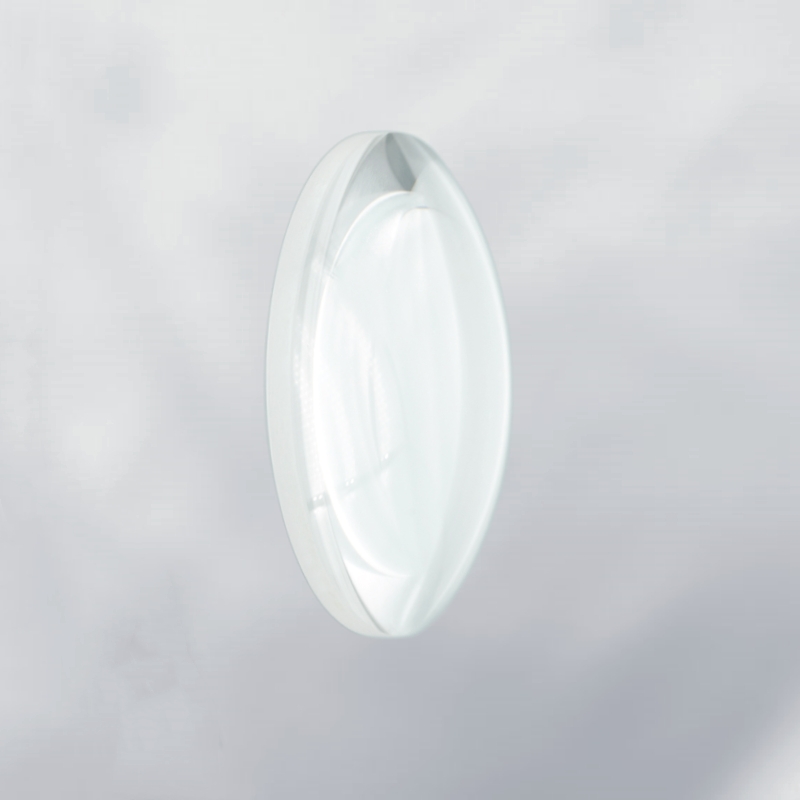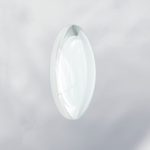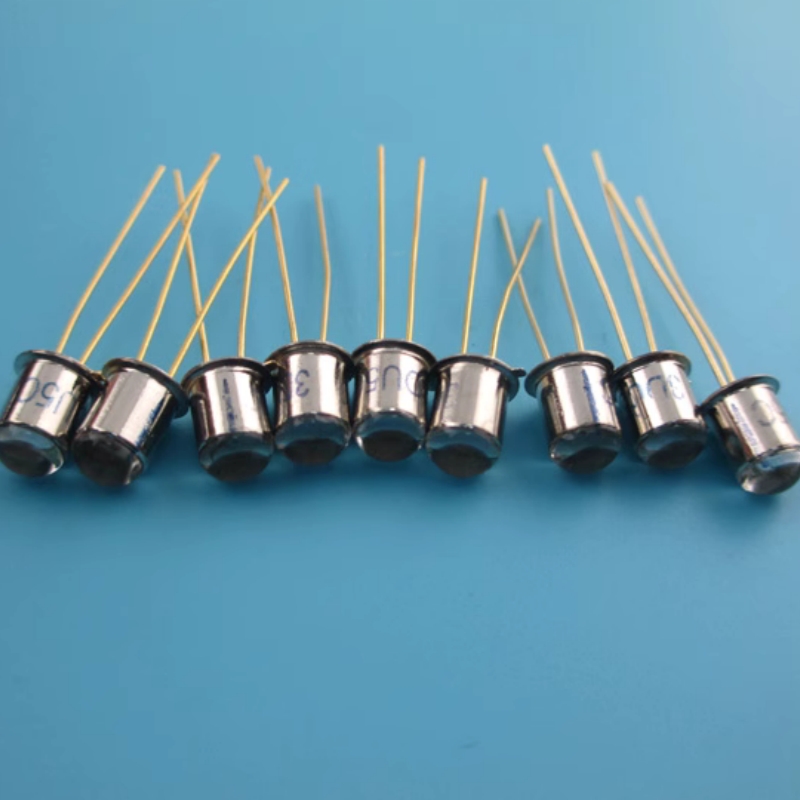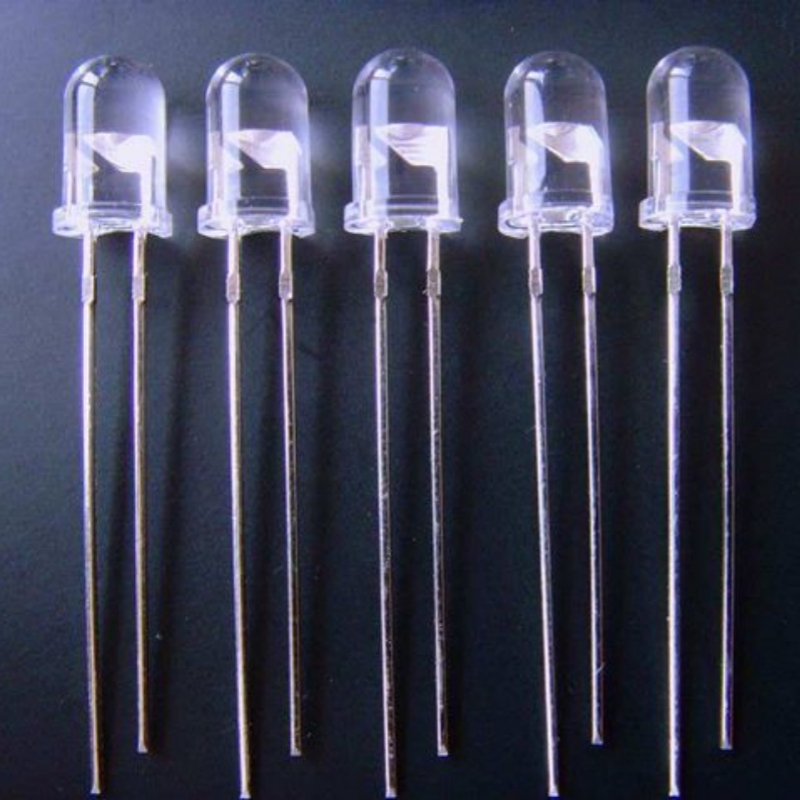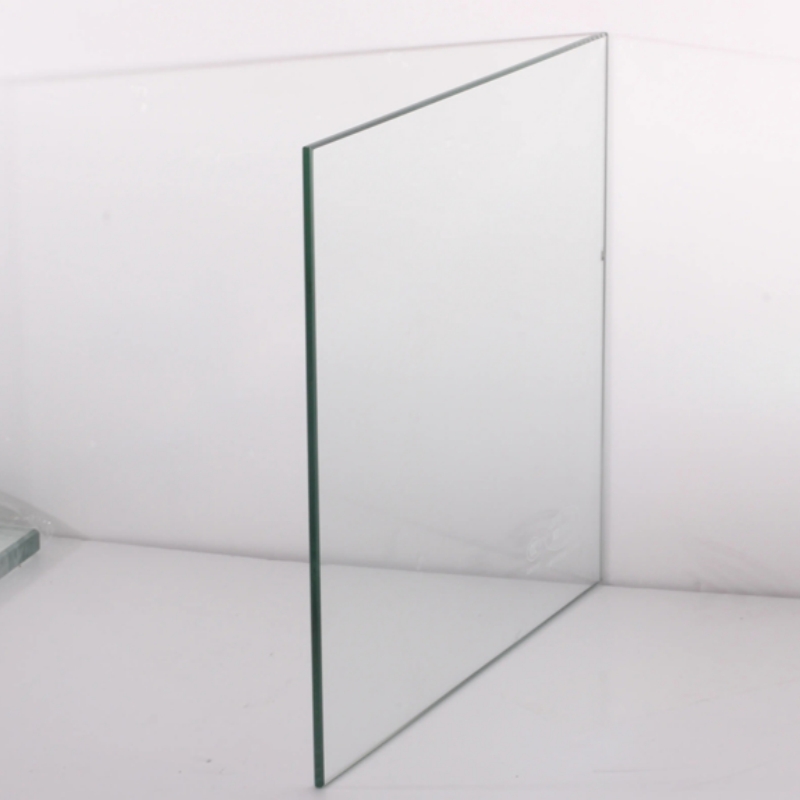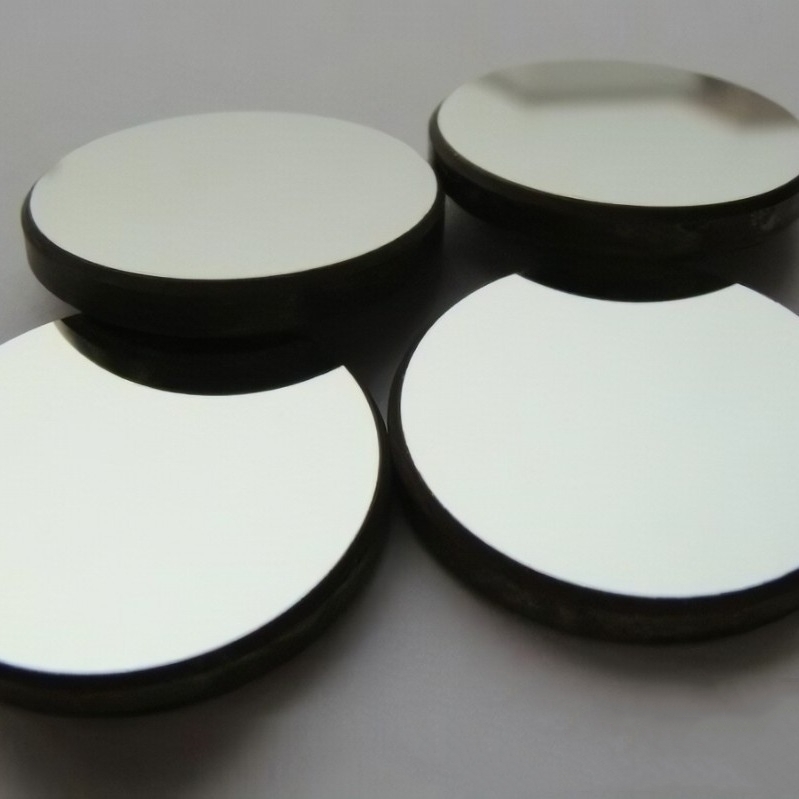K9 glass crescent lens is a precision optical component designed for specialized light refraction, beam manipulation, and enhanced image correction. Manufactured from high-purity borosilicate K9 glass, it offers outstanding durability, minimal optical distortion, and excellent transmission across visible and near-infrared wavelengths. This uniquely shaped lens is widely used in imaging systems, laser optics, industrial applications, and scientific research, ensuring optimal optical performance for advanced optical configurations.
Product Overview
The K9 Glass Crescent Lens is a high-quality optical component made from K9 optical glass, known for its excellent transparency and optical performance. The lens features a crescent shape that effectively reduces spherical aberration, optimizing beam convergence. It can be used alone or combined with other optical elements to enhance system performance by controlling focal length and numerical aperture for improved imaging quality.
Key Features
- High Transparency: K9 glass provides excellent light transmission, making it ideal for high-precision optical systems.
- Minimized Spherical Aberration: The crescent shape design effectively reduces spherical aberration, ensuring minimal focal point distortion.
- High Optical Accuracy: Precision manufacturing and polishing techniques ensure outstanding optical performance and surface quality.
- Enhanced System Performance: By adjusting focal length and numerical aperture, it improves imaging quality in optical systems.
Applications
- Telescopes: Used in telescope optical systems to optimize imaging performance.
- Microscopes: A key optical element in microscope systems, ensuring clear, high-quality imaging.
- Laser Systems: Applied in laser systems to adjust beam focus and collimation, enhancing beam quality.
- Optical Instruments: Widely used in various optical instruments such as projectors, spectrometers, etc., to enhance system optical performance.
- Optical System Integration: When combined with other lenses, it optimizes focal length and numerical aperture, improving the imaging performance of the overall system.
| Optical Property | Value |
| Transmission Range | 0.35-2 μm |
| Refractive Index | 1.5168 @ 587.5618 nm |
| Reflection Loss | 8.1% @ 587.5618 nm (both surfaces) |
| Physical Property | Value |
| Density | 2.51 g/cm³ |
| Melting Point | 559 ℃ |
| Thermal Conductivity | 1.114 W/(m·℃) |
| Thermal Expansion | 7.1×10⁻⁶ ℃⁻¹ |
| Specific Heat Capacity | 0.858×10³ J/(kg·℃) |
| Young's Modulus | 82 GPa |
| Bulk Modulus | 34 GPa |
| Poisson's Coefficient | 0.206 |
| Chemical Property | Value |
| Solubility | None |
| Property | Value |
| Diameter Range | 2-300mm |
| Focal Length | 15-5000mm |
| Thickness | 0.12-60mm |
| Surface Quality | 80-50, 60-40, 40-20, 20-10, 10-5 |
| Surface Flatness | λ/2, λ/4, λ/8, λ/10 |
| Clear Aperture | >90% |
| Coating | Customizable |
 new material
new material

